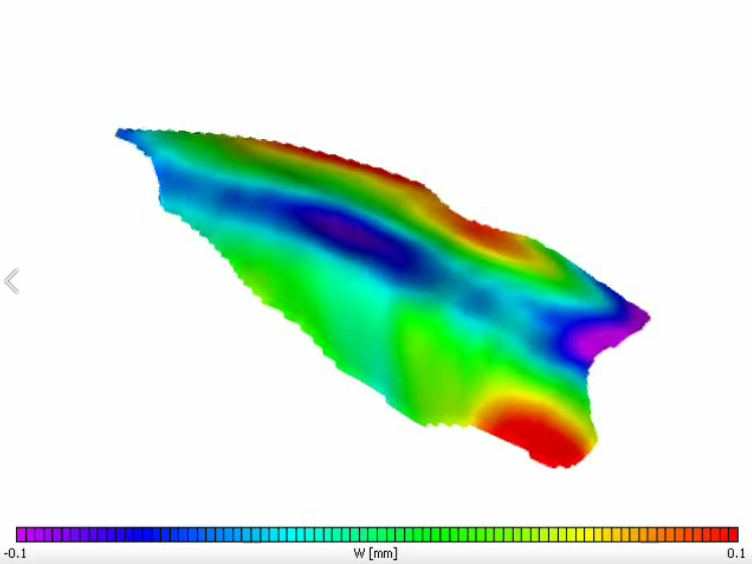
Biomechanical
Biomedical engineering (BME) or medical engineering is oftentimes characterized by the application of engineering principles and design concepts to medicine and biology for healthcare purposes (e.g., diagnostic or therapeutic). BME is also traditionally known as "bioengineering", seeking approaches and techniques that can aid in closing the gap between engineering and medicine. The stereo DIC software and hardware developed by Correlated Solutions scientists and engineers is one of the technologies that is being adopted by biomedical engineers. The systems are being used in a wide range of applications including direct strain measurements on hearts, aortas, skin, muscle, bone, and tendons to characterize these biological materials, as well as prosthetic replacements. In addition to these, the powerful volumetric software, VIC-Volume, is also being used with images acquired of brain tissue and the interior of bone structures to improve understanding of these biological systems.
Application Examples
Contractions of a Rat Tibialis Anterior Muscle
Biomechanical researchers studying the contractions of a rat tibialis anterior muscle needed to quickly and accurately quantify the overall movements, as well as localized variations. The VIC-3D system was used to rapidly capture contraction data over the entire muscle surface.
Evaluating the Radial Force Profile of a Stent
Engineers were tasked with evaluating the radial force profile of a braided, self-expanding stent for use in correcting blocked blood vessels - specifically they needed to examine how the radial force changed from the end of the stent to the middle of the stent.
Aneurysm Research with the VIC-3D Microscope System
To measure the inhomogeneous 3D strain fields present during inflation-extension testing of physiologically submerged micro-aneurysms, the VIC-3D system's cameras were set up with a 15° stereo-angle using high-magnification optics to achieve an impressive 10mm field of view.



